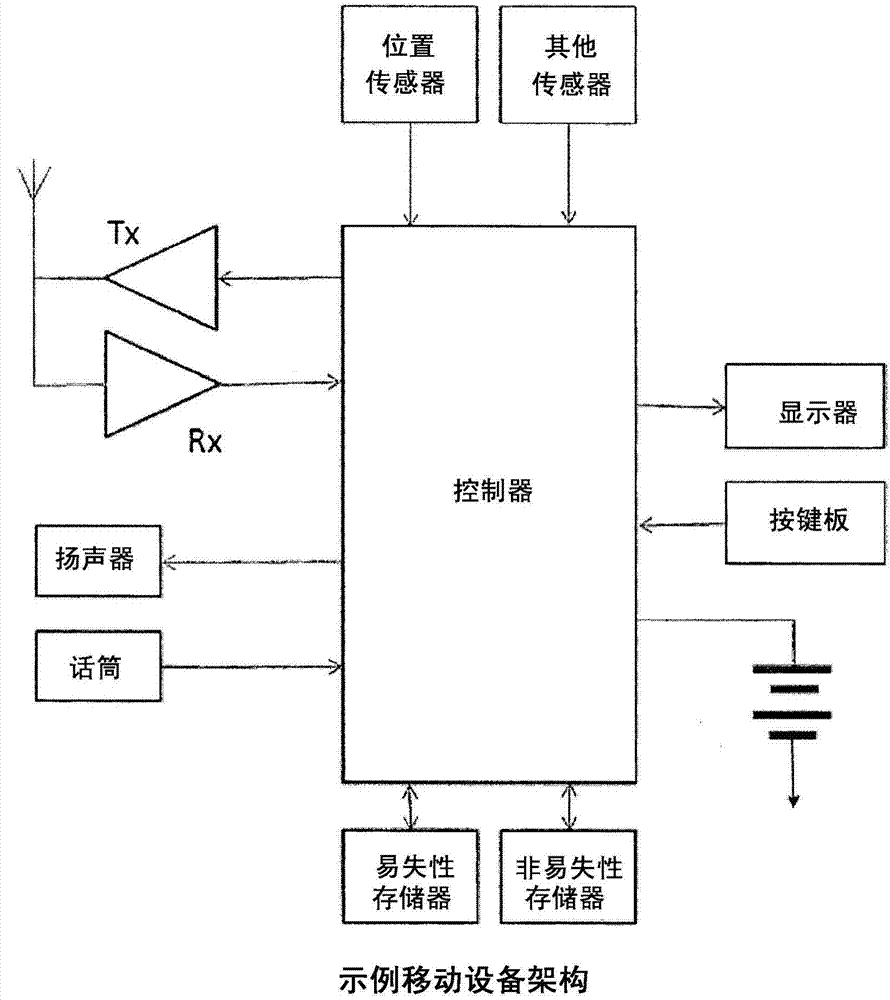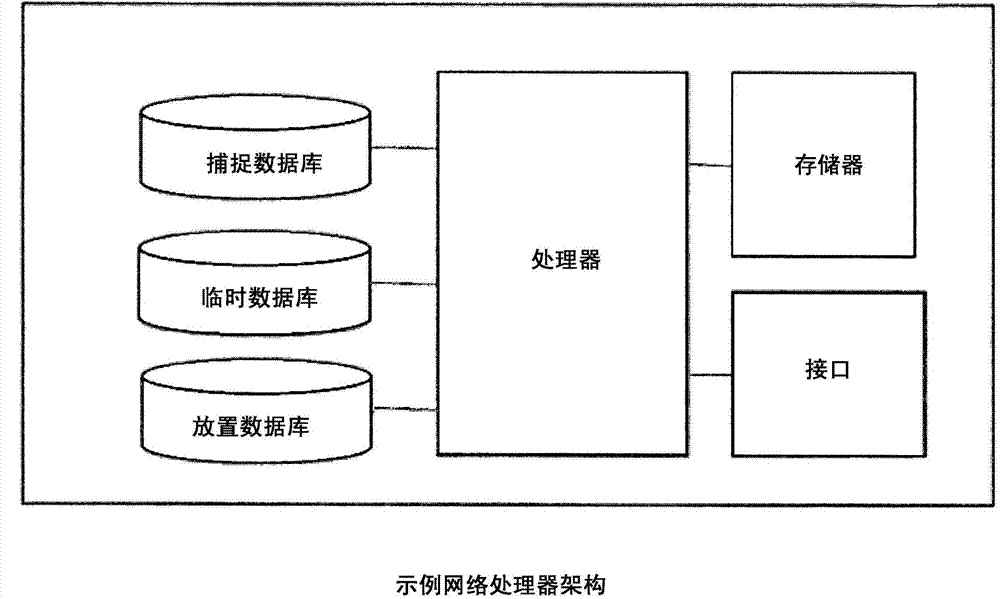Method to guide pacement of new small cell
A technology of small cells and cells, applied in electrical components, wireless communication, network topology, etc., can solve problems such as insufficient signal attenuation, and achieve the effect of optimal positioning
- Summary
- Abstract
- Description
- Claims
- Application Information
AI Technical Summary
Problems solved by technology
Method used
Image
Examples
Example Embodiment
[0086] A good placement location can be determined by the following operations:
[0087] (i)a) Determine the location-specific requirements for cross-regional use of mobile devices in the context of applications executed by users (for example, real-time streaming videos have very different file download requirements),
[0088] (ii) Measure network characteristics across this area.
[0089] This information (i and ii) allows the establishment of a mapping that shows how well existing network resources meet the needs of contextual applications that vary from location to location and can therefore best place new cells (with defined characteristics).
[0090] Existing cell location planning methods that are generally based on predicting and / or sensing signal strength, using network mapping and characterization data, and capacity planning tools do not consider the location-specific usage context of users. As user data and application usage evolve, this will become increasingly important. ...
PUM
 Login to View More
Login to View More Abstract
Description
Claims
Application Information
 Login to View More
Login to View More - R&D
- Intellectual Property
- Life Sciences
- Materials
- Tech Scout
- Unparalleled Data Quality
- Higher Quality Content
- 60% Fewer Hallucinations
Browse by: Latest US Patents, China's latest patents, Technical Efficacy Thesaurus, Application Domain, Technology Topic, Popular Technical Reports.
© 2025 PatSnap. All rights reserved.Legal|Privacy policy|Modern Slavery Act Transparency Statement|Sitemap|About US| Contact US: help@patsnap.com



